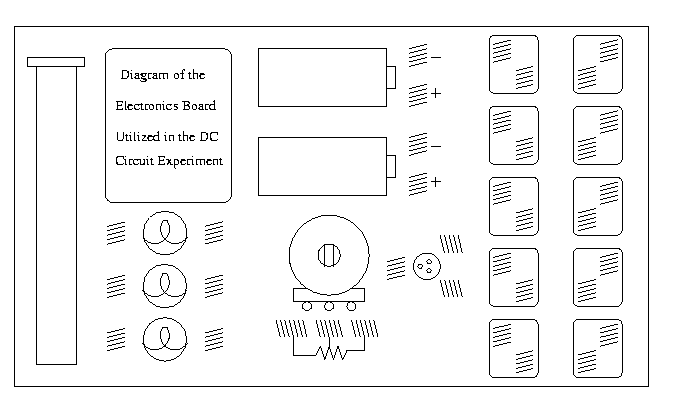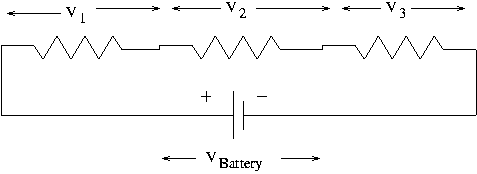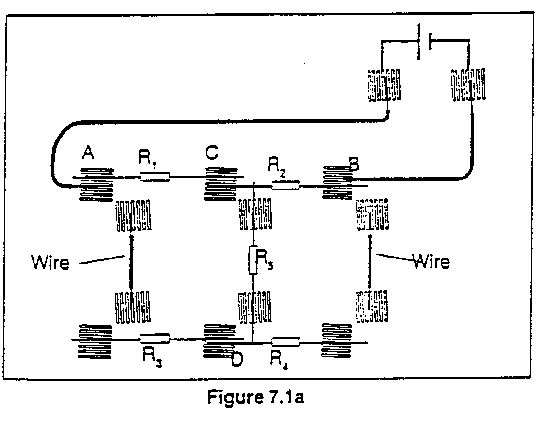



To discover the correct setting for the meter, start the meter off at
the largest setting, then work down to smaller settings, and stop at
the setting which can handle both the size of the data to be measured
and has the most number of significant digits in the reading.


| Resistance | Voltage | Current | |
| 1 | |||
| 2 | |||
| 3 | |||
| 4 |
| Resistance | Voltage | Current | |
| 1 | |||
| 2 | |||
| 3 | |||
| 4 |

| Resistance | Voltage | Current | |
| 1 | |||
| 2 | |||
| 3 | |||
| 4 |
| Resistance | Voltage | Current | |
| 1 | |||
| 2 | |||
| 3 | |||
| 4 |


| Resistance | Voltage | Current | |
| 1 | |||
| 2 | |||
| 3 | |||
| 4 | |||
| 5 | |||
| B |
 Back to the Electricity and Magnetism Manual
Back to the Electricity and Magnetism Manual